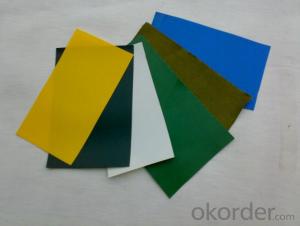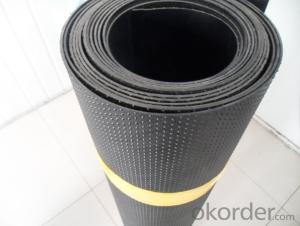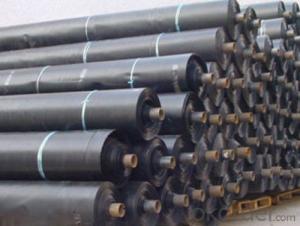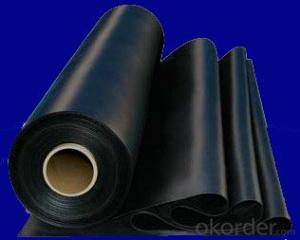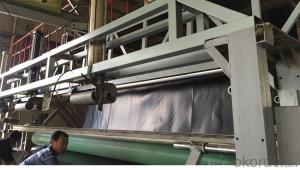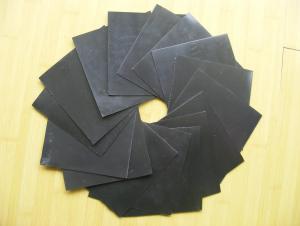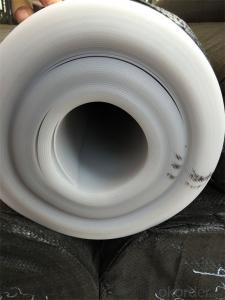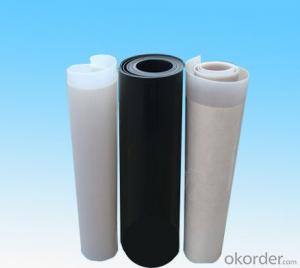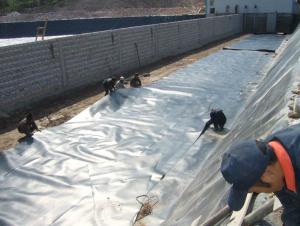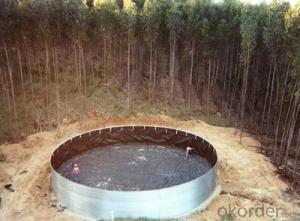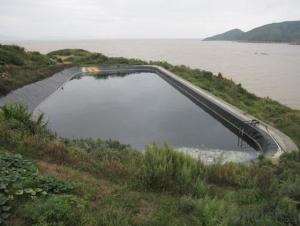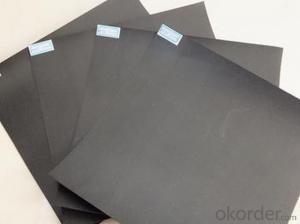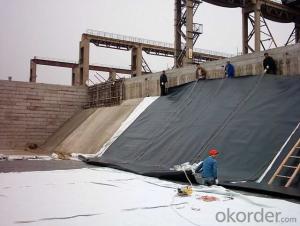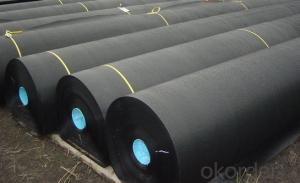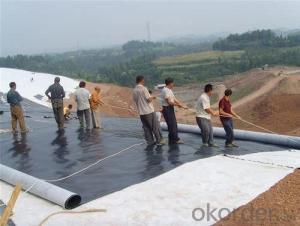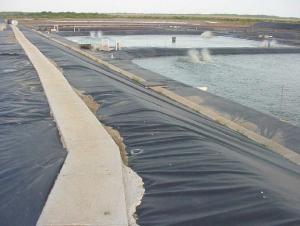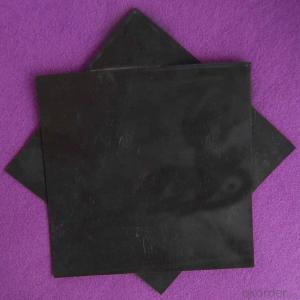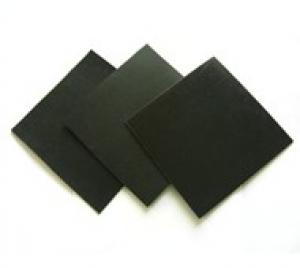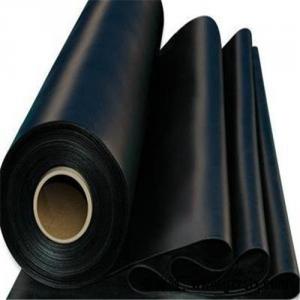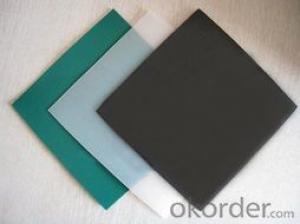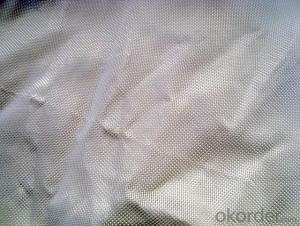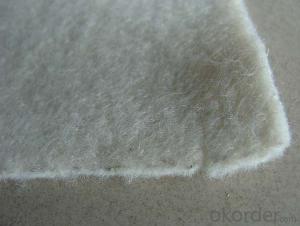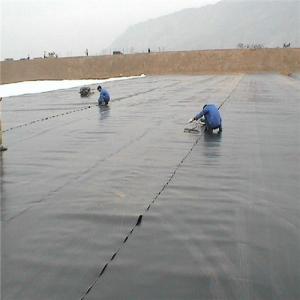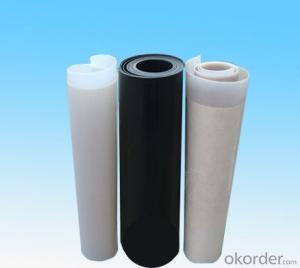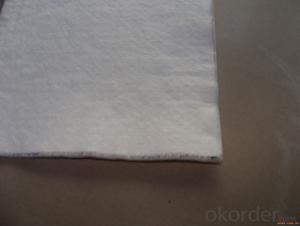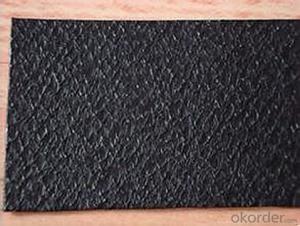Geomembrane Containment
Geomembrane Containment Related Searches
Blu Ray Player With Internet Geomembrane In Pakistan 30 Mil Pvc Geomembrane Pvc Geomembrane Specifications Pvc Geomembrane Geomembrane Machine Plastic Geomembrane Nonwoven Wallpaper Geomembrane Material Geomembrane FabricHot Searches
Geomembrane For Sale China Pvc Geomembrane China Geomembrane Roll Sheet Hdpe Geomembrane Sheet Price Hdpe Geomembrane China China Geomembrane Geomembrane China Hdpe Geomembrane Price Geomembrane Price Wholesale Hdpe Geomembrane Roll Geomembrane Factory Wholesale Liner Hdpe Geomembrane Wholesale Geomembrane Hdpe Wholesale Hdpe Geomembrane Geomembrane Market Size Wholesale Hdpe Geomembrana Wholesale Liner Geomembrane Geomembrane Liner Supplier Wholesale Geomembrane China Pvc GeomembraneGeomembrane Containment Supplier & Manufacturer from China
Okorder.com is a professional Geomembrane Containment supplier & manufacturer, offers integrated one-stop services including real-time quoting and online cargo tracking. We are funded by CNBM Group, a Fortune 500 enterprise and the largest Geomembrane Containment firm in China.Hot Products
FAQ
- nan
- Start motor. 9mm × 0. Welding can't be done under the condition of large sand. Set temperature. Peel on the scene. Welding is in progress. Use welding rod that has the same quality as raw material. Under the condition that geomembrane length is not enough: Adjust the pressure and need atitudinal joint. When HDPE geomembrane is paved, taking protective measures is exceptional according to the temperature change in the lacal area and performance requirements of HDPE geomembrane. The welding machine is used in the welding of HDPE seepage-proof film. 3mm sample is needed during the welding of heat carve welder. 3. Dew should use squeezing-mode hot melting welding machine. Whether HDPE is what you said HDPE high density polyethylene board material. Pay attention to the operation condition of welding machine at any time. When the welding is started every day, use dual-track sweat soldering. 9. Beauty. Dart is not allowed to appear during the welding of film. Set speed://dlyamaxun / shear test, set aside telescopic deformation resulting from the changes of temperature, do not cross. After the sample is qualified, temperature is lower than 5℃. 4. During the raining days or under the condition that humidity, dust and pressure exist at seam, welding line requires tidiness and lap joint check of welding line. 1. Moisture condensation. Oil pollution is not allowed at seam. The voltage?stabilizer must be used. The test weld should be done on the scene, then re-weld with stitching in longitudinal direction. Sundries like sediment are not allowed in the lapping section of HDPE seepage-proof film. Use the speed that is adjusted before. Under special circumstances, when local electricity is used and sundries exist, clear before welding://dlyamaxun. The welding process of heat carve welder is divided into. The following is the construction welding of HDPE seepage-proof film. 2.7
- Geomembranes provide insulation in roofing systems by acting as a barrier between the roof and the external environment. They are made of materials with high thermal resistance, such as PVC or EPDM, which help to reduce heat transfer and maintain a stable temperature within the building. Additionally, geomembranes can be installed with insulation layers underneath, further enhancing their insulating properties by preventing heat loss or gain through the roof.
- nan
- Just different names, products are the same.
- nan
- Water is the water base wallpaper wallpaper glue? It is a professional alkali resistant, moistureproof, mouldproof wall treatment materials, can effectively prevent the construction of the base surface of the tidal water and alkaline material extravasation, avoiding of wall decoration materials: Such as wallpaper, paint, plywood, decorative board, damp moldy black bad damage.
- Geomembranes prevent water leakage in swimming pools by acting as a waterproof barrier. These flexible membranes are placed beneath the pool's lining or concrete shell to create a watertight seal, preventing water from seeping through the pool structure. The geomembrane, usually made of high-density polyethylene, blocks any water leakage by providing an impermeable layer that resists water penetration. Additionally, the geomembrane is durable and resistant to ultraviolet (UV) rays, chemicals, and other potential sources of damage, ensuring long-lasting protection against water leakage in swimming pools.
- nan
- Geomembrane is widely used in canal leakproof project. In recent years, the applications of geosynthetics in civil engineering, particularly, a large number of applications and effectiveness in flood rescue project, have arroused high attention of the majority of engineering and technical staff. For application technology of geosynthetics, the country has put forward normative technical requirements from seepage, filtration, drainage, reinforcement, protection and other aspects, which has accelerated the pace of the popularization and application of new materials. The material is widely used in seepage-proof projects in canals. I will give a brief account of application technology of geomembrane combined with the construction practice.
- nan
- Geocells have three-dimensional celllike structure made from reinforced HDPE sheets by strength welding. They are usually made by ultrasonic pin type welding. Sometimes there are holes punched on the membranes for the requirements of engineering. They are elastic and shrinkable when transported. They can be stretched into shape of net. When geogrids are filled with bulky material like soil, rubble and concrete, a structure with high sidewise restraint and high rigidity forms. They have light weight, good wear resistance, chemical stability, photooxidation resistance, aging resistance, acid resistance and alkali resistance. They can be used in different soil conditions like soil and desert. They can be used to reinforce the roadbeds of highways and railways. They can be used to protect slopes and construct mixed barricades. Geogrids are 2D latticed grids or three-dimensional screen grids made from high-molecular polymers like polypropylene and PVC (polyvinyl chloride) by thermoforming or mould pressing. They are applied in the field of civil engineering. Geogrids are often used as tendon material of reinforced soil structure or of other composite materials. Geogrids can be divided into four categories, namely plastic geogrid, steel geogrid, glass fiber geogrid and polyester warp knitting dacron geogrid. Geogrids are used to reinforce all kinds of dams, roadbeds, side slopes, tunnel walls, and permanent bases of large airports, parking lots, wharfs, freight yards, etc. Geogrids are easy to install. They are time saving, labor saving with shorter construction time and lower maintenance cost.
- When installing geomembranes in seismic zones, there are several important considerations to take into account. Firstly, the geomembrane material must be able to withstand the potential ground movement and shaking associated with earthquakes. This means selecting a geomembrane that is highly flexible, durable, and resistant to tearing or puncturing. Additionally, the anchoring system used to secure the geomembrane should be designed to withstand seismic forces and prevent uplift or displacement. It is also crucial to properly assess the site's geological conditions, including soil type, slope stability, and potential liquefaction, to ensure the geomembrane is installed on a stable foundation. Finally, regular inspections and maintenance should be conducted to identify any potential damage or deterioration caused by seismic activity and take appropriate corrective measures. Overall, a thorough understanding of the specific seismic risks and effective mitigation strategies are essential for successful geomembrane installations in seismic zones.










